Introduction to Pruning Crassula Ovata
An intuitive green thumb might suggest that the lush, jade-green leaves of the Crassula ovata, commonly known as the Jade Plant, need little to no intervention to maintain their charming appearance. Yet, the art of pruning can elevate this succulent’s beauty and health to new heights. For garden aficionados and inquisitive plant parents alike, embarking on this mini-botanical adventure is both rewarding and practical.
Consider the story of Emma, a seasoned plant enthusiast, who noticed her Jade Plant starting to resemble a miniature tree with an open canopy, instead of the compact bush she desired. By regularly pruning, she not only reshaped its silhouette but also invigorated its growth, resulting in a plant that became the centerpiece of her living room. It’s tales like Emma’s that showcase how trimming can transform the mundane into the magnificent.
Encouraging a fuller and more robust presentation is not merely a visual triumph; it speaks volumes about the plant’s vigor. Through strategic snips, which could be thought of as providing a plant ‘gym membership,’ there’s an increase in branching. This, in turn, strengthens the structure and enhances the overall well-being of the plant. It’s nature’s way of saying ‘thank you’ with vibrant green leaves and, if you’re lucky, delicate white flowers.
To witness a visual step-by-step guide on pruning, delve into this informative video that walks you through a Jade Plant’s transformation.
Maintaining your succulent’s splendor goes beyond occasional watering and sunbathing. For comprehensive care tips, step right this way to an extensive guide on Jade Plant Care. Your emerald friend will thank you with its lush foliage and enduring charm.
For those who are nurturing a green space filled with various succulent species, uncover the secrets of other succulent care in “The Ultimate Guide to Succulent Care.” From the rosettes of Echeverias to the spiky allure of Haworthias, learn how to provide the quintessential environment for each unique member of your botanical collection.
The Takeaway
Ultimately, pruning shouldn’t be seen as a chore, but rather a chance to interact and bond with your Crassula ovata. Each cut is an opportunity to shape not just the plant but its role in your space, allowing it to grow in harmony with its surroundings. So, reach for those pruning shears and let the snip-snipping begin!
Understanding Crassula Ovata Growth Patterns
Imagine a Crassula ovata, commonly known as the Jade Plant, growing stout and sturdy in a cozy nook of your home, its thick, fleshy leaves gleaming with a wax-like finish. As the epitome of resilience and longevity in the succulent family, this plant has a natural proclivity for robustness. But without proper understanding and care, it might just end up looking like a stretchy, elongated version of its former self. Why? Let’s dive into the world of Crassula ovata and decrypt its unique growth habits and tell-tale signs that you need to grab those pruning shears!
First off, these succulents have an innate pattern of growing upwards and branching out, seeking the sun’s embrace. Now, when they soak up just the right amount of sunlight, they maintain their compact and lush form – a delight for any plant enthusiast! The issues arise under low light, which is like a downhill road leading to “legginess.” This means the stems start stretching, reaching for any light source they can find, and you end up with a plant more ‘stemmy’ than ‘leafy’. Picture a lanky teenager during a growth spurt—that’s your Crassula ovata begging for light and proper pruning.
Identifying the right time to prune is akin to catching the tempo for a perfect dance step. When you observe spindly growth, or when the plant starts resembling a mini-tree with an open rather than dense canopy, it’s pruning o’clock! Let’s not forget that timely pruning not only shapes up your plant for a pleasing aesthetic but also sparks thicker growth and rejuvenation. It’s like your plant’s saying, “Out with the old, in with the new!”
No need to stress if you’re new to the pruning game. We’ve got an excellent visual guide for you, filled with practical tips to turn your pruning strategy into a work of art!
When it comes to the rest of your Crassula ovata care routine, make sure to check our comprehensive guide on succulent secrets that unveil how you can keep your green buddy thriving in any setting. Now that you’ve got a grip on the growth patterns, you’re well on your way to maintaining that picturesque jade plant charm, lush and full of life.
Best Time to Prune Your Jade Plant
Wondering when to give your Crassula ovata, commonly known as Jade Plant, a little haircut? Timing is everything! Just like you wouldn’t want to wear a winter coat in the middle of summer, your Jade Plant prefers to be pruned at a time that complements its growth cycle. Let’s dive into the optimal season for wielding those pruning shears.
Springtime is the universal season of growth and renewal, and it’s no exception for your ever-charming Jade Plant. As winter’s chill fades and the warm embrace of spring takes hold, your succulent buddy gears up for a growth spurt. This is when it’s most responsive to pruning, making it the perfect time to shape it up and encourage a fuller, bushier comeback. Remember, pruning during the active growth phase means quicker healing for the cuts and more vigor for new branches.
But why stop at timing? How you prune plays a crucial role as well. Just picture it: It’s a bright spring day, your gardening gloves are on, and you’re ready to help your Jade Plant put its best leaf forward. You want to aim for the right balance, removing overgrowth and dead leaves without overdoing it. Check out this 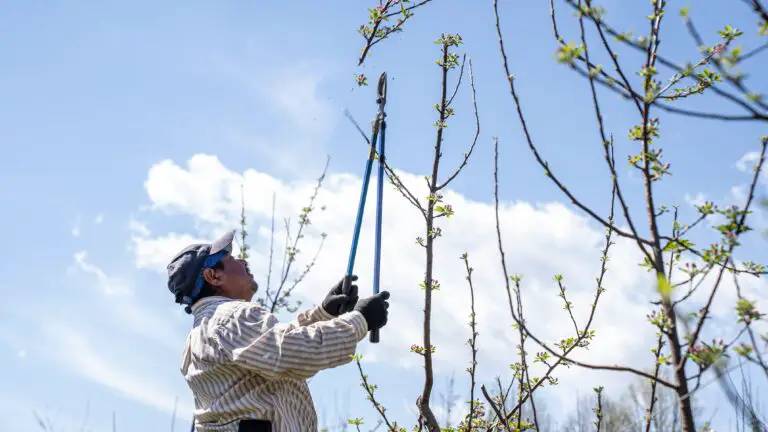 to see how it’s done. Every snip is a chance for your plant to branch out, quite literally, and become the lush, green centerpiece of your home.
to see how it’s done. Every snip is a chance for your plant to branch out, quite literally, and become the lush, green centerpiece of your home.
What if you miss the spring pruning window? Don’t fret! Jade Plants are forgiving and can handle a trim during other times, too—just try to avoid deep winter when the plant is more or less hibernating. To maintain your plant’s health and appearance, routine pruning is key. It’s like a regular spa treatment that refreshes and rejuvenates – a crunchier, leafier spa, if you will. For more in-depth care advice, consider exploring our resource on how long Crassula plants thrive, which delves into the broader aspects of nurturing these beauties.
Remember, the Jade Plant’s resilience doesn’t mean it can be pruned willy-nilly. Strike the right moment, and your Crassula ovata will reward you with vibrant growth and a presence that only gets more impressive with time.
Tools and Preparations for Pruning
Before we dive into the snip-snap of pruning your Crassula ovata, let’s talk shop – pruning shop, that is. First things first, you’ll need your trusty tools. Imagine you’re a gardener-surgeon about to perform a botanical ballet; a pair of sharp scissors or pruning shears are your scalpel. Precision is key, and a clean cut will ensure your jade plant can strut its stuff without missing a beat.
These sharp tools come in various sizes and styles, so choose one that feels comfortable in your hand, much like a chef chooses her favorite knife. Picture this: a beautiful, overgrown Crassula begging for a haircut, and there you are, ready to style it like a bonsai master with your perfect pair of shears. It’s more than a chore; it’s an art.
Now, about those invisible nasties – plant diseases. They’re like uninvited guests at a garden party, and trust me, we need to keep them at bay. So, enter disinfectant, your bouncer at the door. Wipe down your tools with some rubbing alcohol or a 10% bleach solution before you start and after each cut, especially if you suspect any of your plants are less than healthy. It’s like washing your hands in the gardening world; an absolute must for preventing the spread of disease.
Let’s visualize a scenario – there you are, in the garden, sun on your face, a gentle breeze, shears in hand, ready to prune. Each snip is confident, each cut decisive, and all because you took the time to prepare your tools. It’s not just about keeping your jade plant looking sharp; it’s about keeping it healthy, vibrant, and thriving.
While I have your attention, why not take a visual break and watch this engaging video? It offers a glimpse into the world of pruning Crassula ovata and will give you a clear idea of the importance of good tool preparation. It’s one thing to read about it, another to see it in action!
So, are you ready to give your jade plant the spa day it deserves? Sharpen those shears, disinfect diligently, and let’s get pruning. Your Crassula ovata is about to go from shabby to chic, thanks to your newfound pruning prowess.
Step-by-Step Guide on Pruning Crassula Ovata
Welcome to the green-fingered world of Crassula ovata, commonly known as the jade plant! Often praised for its plump, jade-colored leaves and sturdy tree-like appearance, the jade plant can become even more captivating with the right pruning techniques. Let’s roll up our sleeves and dive into the art of pruning your Crassula ovata to maintain its charm and keep it flourishing.
Understanding Your Plant’s Natural Growth
Before we make the first cut, it’s important to observe the natural growth pattern of your Crassula ovata. Notice how some branches may be stretching out, seeking the sun, while others remain compact. Our objective is to enhance this natural growth, creating a balanced, visually appealing shape that showcases the plant’s best features.
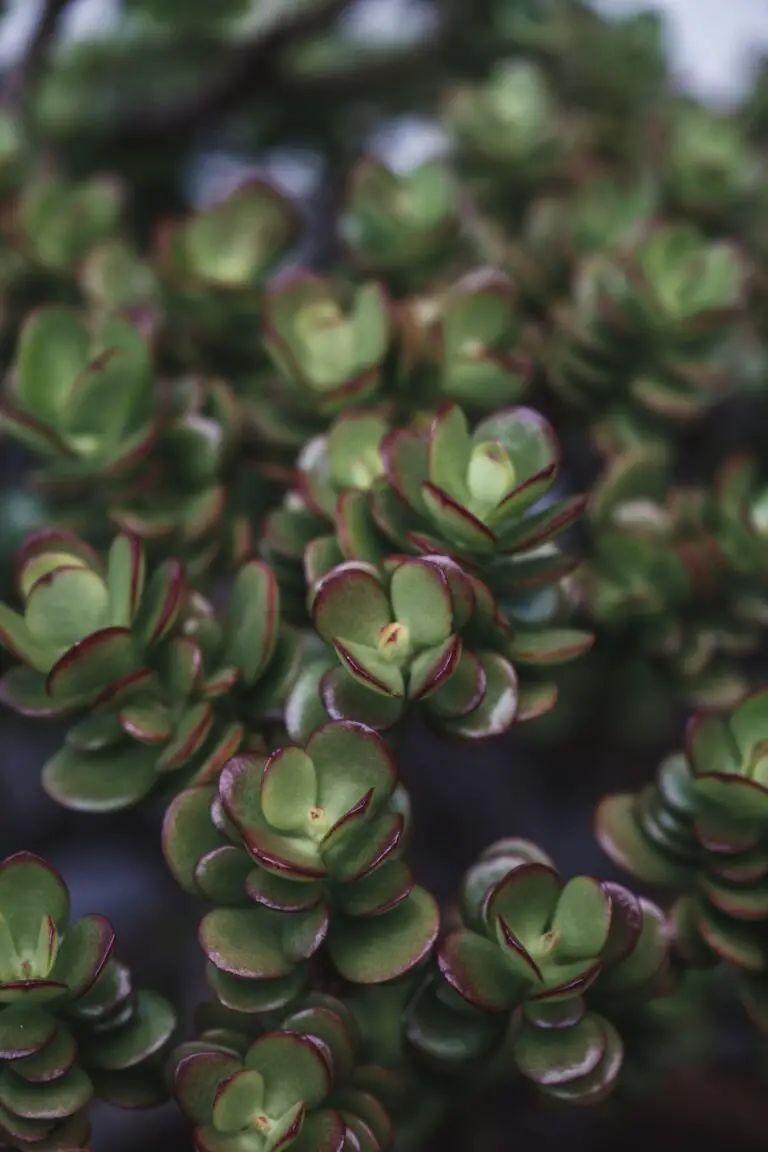
Getting Started with Pruning
For our first step, ensure you have a pair of clean, sharp pruning shears. This is crucial for making clean cuts that heal quickly, preventing any damage that could stress your jade friend. Now, identify any dead or damaged leaves and branches—these should be the first to go. A light trim can do wonders for rejuvenating an overgrown plant, sparking new growth in all the right places.
Where to Make the Cut
Finding the right spot to snip is more of an art than a science. Look for areas where branches or leaves are overcrowded, as thinning these can improve air circulation and light exposure. Imagine each cut as a sculptor’s chisel, shaping the plant into its ideal form. A good rule of thumb is to cut just above a leaf node—the point where leaves grow from the stem. This encourages branching, leading to a fuller, bushier jade plant.
Angles Matter
You’ve located the perfect spot, now for the angle. Cutting at a 45-degree angle just above the node ensures that any water that lands on the wound will run off, minimizing the risk of rot or disease. Picture your jade plant as a miniature tree—you want to create a canopy-like structure that not only looks good but also promotes healthy growth patterns.
Shaping Your Plant
As you prune, step back frequently to check the overall shape. Your goal is a well-proportioned, aesthetically pleasing plant that could grace any garden or indoor space. By selectively pruning the longer branches, you’ll encourage growth in the shorter ones, helping to maintain balance. Don’t be afraid to be a little bold; sometimes, a significant cut can transform a languishing jade plant into a thriving centerpiece. However, remember: It’s best to prune moderately and observe how your plant responds before doing more.
And there you have it! A simple, yet effective way to keep your Crassula ovata looking its best. Remember, every snip is a step towards perfecting the jade plant’s charm. With these tips, your green companion will continue to thrive, adding a touch of timeless elegance to your surroundings.
Post-Pruning Care for Jade Plants
Now that you’ve masterfully snipped your Crassula ovata into shape, it’s time to nurture it back to its vibrant self. Pruning can be a shock to any plant, even the resilient jade plant. Like a post-workout protein shake for a gym-goer, your jade needs a bit of tender care to bounce back stronger!
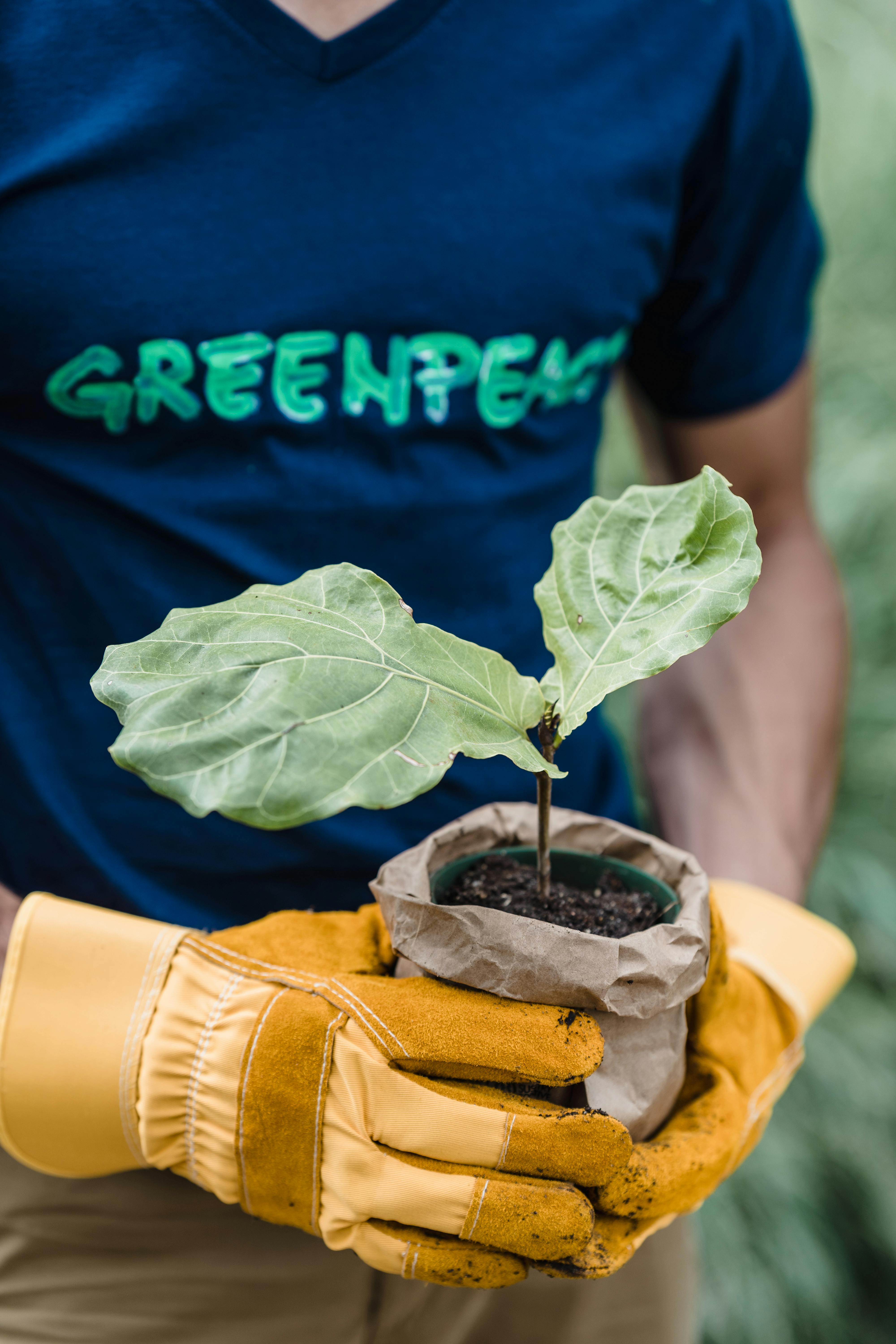
First things first, let’s talk water. But hold your watering cans! Right after pruning, give your jade a short break from watering to let the cuts heal and callous over. This is like putting a bandage on a scrape—except for plants. After a few days, resume a moderate watering schedule, keeping the soil slightly moist but never waterlogged. Reminiscent of Goldilocks, not too much, and not too little, just right will do the trick.
Sunlight, that natural golden elixir, is next on the agenda. Your jade plant thrives in sunlight but remember, it’s just had surgery. So, for now, provide bright, indirect light to prevent scorching the sensitive freshly pruned areas. Think of it as putting on sunglasses after coming out of a dark theatre—your plant’s eyes need to adjust!
And what about the little pieces you’ve pruned off? They’re not just leftovers; they’re potential jade plant babies. If you’re feeling like a proud parent and want to propagate your plant progeny, let the cuttings dry for a few days. Once calloused, you can introduce them to a soil mix that’s just right for propagation. With a dash of patience, you’ll witness the charming miracle of new life taking root.
Remember, the right aftercare can make all the difference in healing and growth. Do right by your Crassula ovata and watch it bloom with gratitude, filling your space with evergreen charm and a whisper of the exotic.
Troubleshooting Common Pruning Issues
Pruning your Crassula ovata, known affectionately as the Jade Plant, should be a therapeutic activity, but sometimes it can turn into a gardener’s conundrum! Imagine you’ve just given your Jade its seasonal haircut, hoping it’ll spruce up like Aunt Mildred’s hairdo for her 80th birthday bash. But instead, your beloved plant is looking more like it had a run-in with a lawnmower. Don’t fret—let’s tackle these common pruning predicaments together!

First off, over-pruning is a real snip-slip that many enthusiasts face. It’s easy to get snip-happy when you’re in the zone, but remember, Crassula ovata doesn’t need an extreme makeover. A good rule of thumb (or green thumb, in this case) is to prune just about one-third of the plant. Going beyond that? You might just stress out your precious Jade. It’s like that time my neighbor Bob decided to prune his Jade before his barbecue event, only to find it wilting in embarrassment when the guests arrived. Keep the pruning modest and your plant will thank you!
Stem the Problem: Preventing Infections
Now, let’s talk infections. Your pruning shears are like a surgeon’s scalpel—they must be spotless. Not cleaning your tools between plants is like sharing a toothbrush with your dog—gross and definitely not recommended. Dirty tools can spread pests and diseases faster than a juicy piece of neighborhood gossip. After pruning, you might notice your Jade’s wounds oozing or turning black. Don’t panic—like Dave did when he thought his plant caught the flu. Instead, ensure your tools are disinfected before making those careful cuts.
What if you’ve already noticed some funky fungi taking residence on your freshly pruned edges? Catch any suspicious spots early and apply natural fungicides like neem oil. Dave could’ve saved himself a headache (and his Jade) if he’d spotted those spots sooner. Be vigilant and keep an eye on your plant’s healing process, just like you would with a pet or a young sproutling.
Addressing these issues early and with a clear plan can save your Crassula ovata from a pruning plight. Always remember, less is more, cleanliness is next to plant-godliness, and like all things in life, balance is key. Now, go forth and prune with assurance, armed with the knowledge to keep your Jade Plant charming and flourishing!
Advanced Pruning Techniques for Shape and Size
Welcome to the artful world of advanced pruning, where your Crassula Ovata doesn’t just survive, it thrives with character and style. As an experienced gardener, it’s time to roll up your sleeves, as we’re about to sculpt more than just plants—we’re shaping dreams.
Imagine a Crassula Ovata resembling a living sculpture, a centerpiece that sparks conversation and admiration. That’s the power of deliberate, strategic pruning. We’re not just talking about the occasional trim; this is about precision and vision, transforming your Jade into a work of art.
First things first, let’s talk tools. You’ll want to ensure you have clean, sharp pruning shears. Dull tools can lead to messy cuts and potentially harm the plant. Clean cuts are essential—they heal faster and prevent diseases. Consider your shears as an artist’s brush, each stroke defining the next contour of your living sculpture.
Now, to the technique. When looking at your plant, visualize the desired final shape. If you’re aiming for a traditional tree-like form, start by gently removing lower leaves to reveal a sturdy stem, then create a balanced canopy by thinning out overcrowded areas. For a more modern artistic flair, why not prune your Crassula Ovata into a geometric shape? This requires more frequent pruning sessions to maintain sharp edges, but the payoff is an eye-catching display.
Let’s take an example from a fellow enthusiast, who turned their Crassula Ovata into an impressive bonsai. It didn’t happen overnight. Strategic pruning over several months, even years, promoted horizontal growth and maintained a miniature size, embodying the essence of bonsai aesthetics.
Remember, pruning isn’t just about cutting away—it’s just as much about encouraging new growth in the right places. Always prune just above a leaf node, where you’ll see new branches take hold. This is how you’ll direct the energy of your plant, fostering a lush and vibrant presence.
Balance is also key—both visual and physical. A top-heavy Crassula can become unstable. To avoid this, thin out the uppermost branches to distribute weight more evenly and encourage lower growth for stability. Be patient, as this is a dance with nature, a partnership between your vision and the plant’s natural tendencies.
For those willing to push the boundaries, let’s not forget the practice of leaf-trimming. It’s not uncommon to trim leaves to accentuate specific features, like exposing the appealing jade-colored stem that’s so deeply associated with Crassula Ovata.
As you embark on this journey of advanced pruning, keep in mind that every snip is a decision, a step towards your garden masterpiece. So be bold, be patient, and watch as your Crassula Ovata transforms before your very eyes.
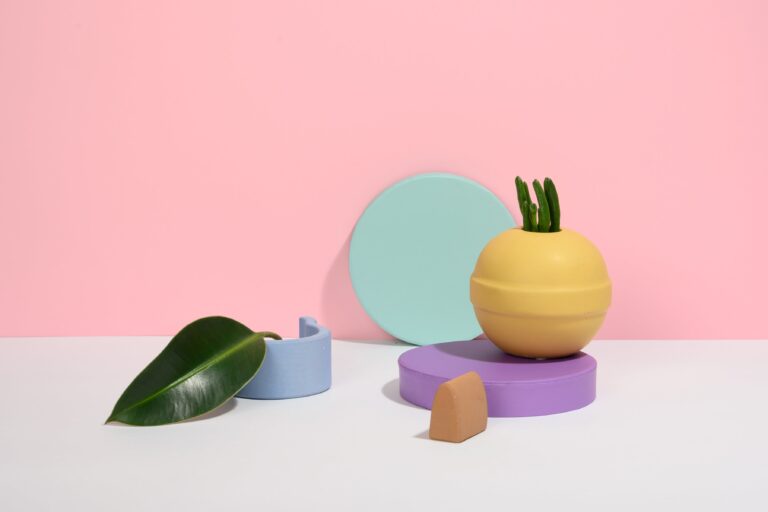
Frequently Asked Questions
Embarking on a pruning journey with your Crassula Ovata? You’ve probably got a knapsack full of questions! Let’s venture through the most common quandaries gardeners face with their prized jade plants.
How often should I prune my jade plant?
Imagine your jade plant is an artist’s canvas—it doesn’t need a stroke of paint daily, right? Similarly, your Crassula Ovata requires a thoughtful trim just enough to shape its splendid silhouette—typically once or twice a year. Keep a watchful eye post-bloom, as this is often the ideal time to primp your plant pal.
Can you prune Crassula Ovata at any size?
Just like how you wouldn’t tailor a toddler’s tuxedo, timing is key! It’s best to start snipping when your jade plant is more of a teenager—around the 2 to 3-year-old mark. This gives it ample time to toughen up and ensures you’re not overtaxing a tender tot of a plant.
How do I know if I’m pruning too much?
Slicing and dicing can be addictive, but overpruning can leave your plant in a plight akin to a scalped lawn! A jade plant’s charm thrives in moderation. If you find yourself with a jade more bare than lush, you’ve likely crossed the line. Aim to prune no more than 20-30%—keep those shears in check!
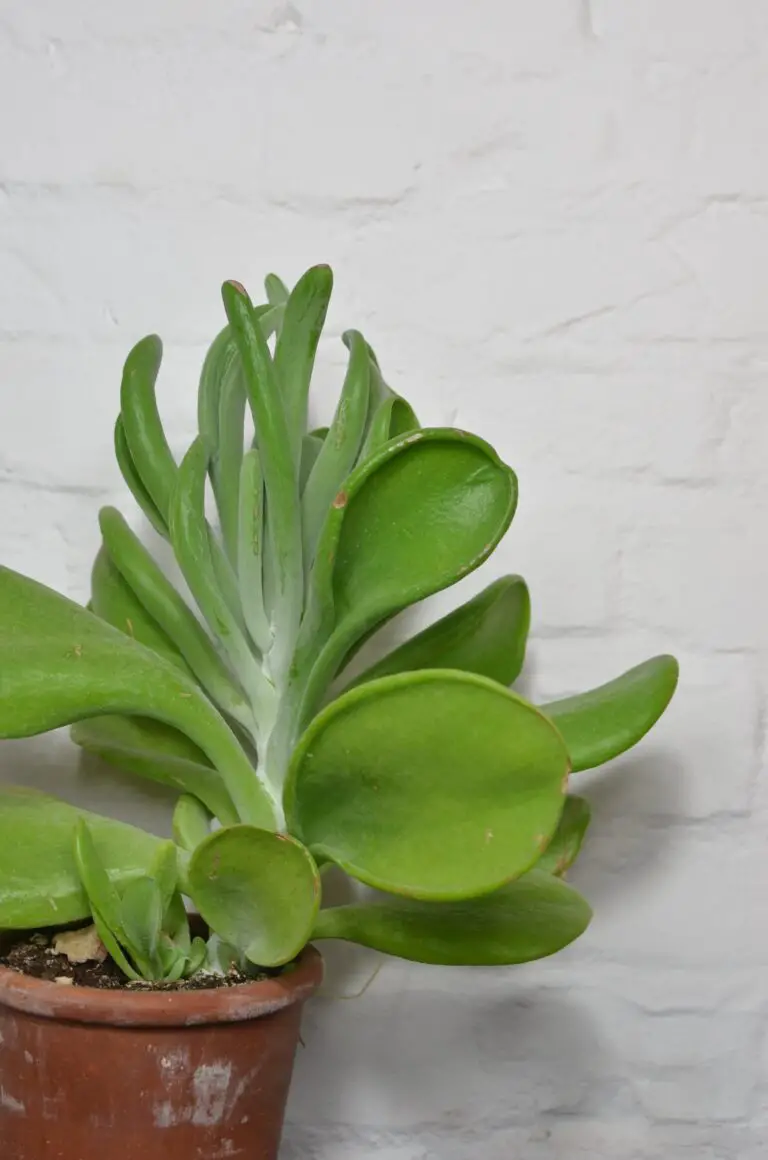
Gleaned a green thumb’s worth of info? Keep these answers as your cultivator’s compass, guiding you to a jade plant that’s both robust and radiating charm!



